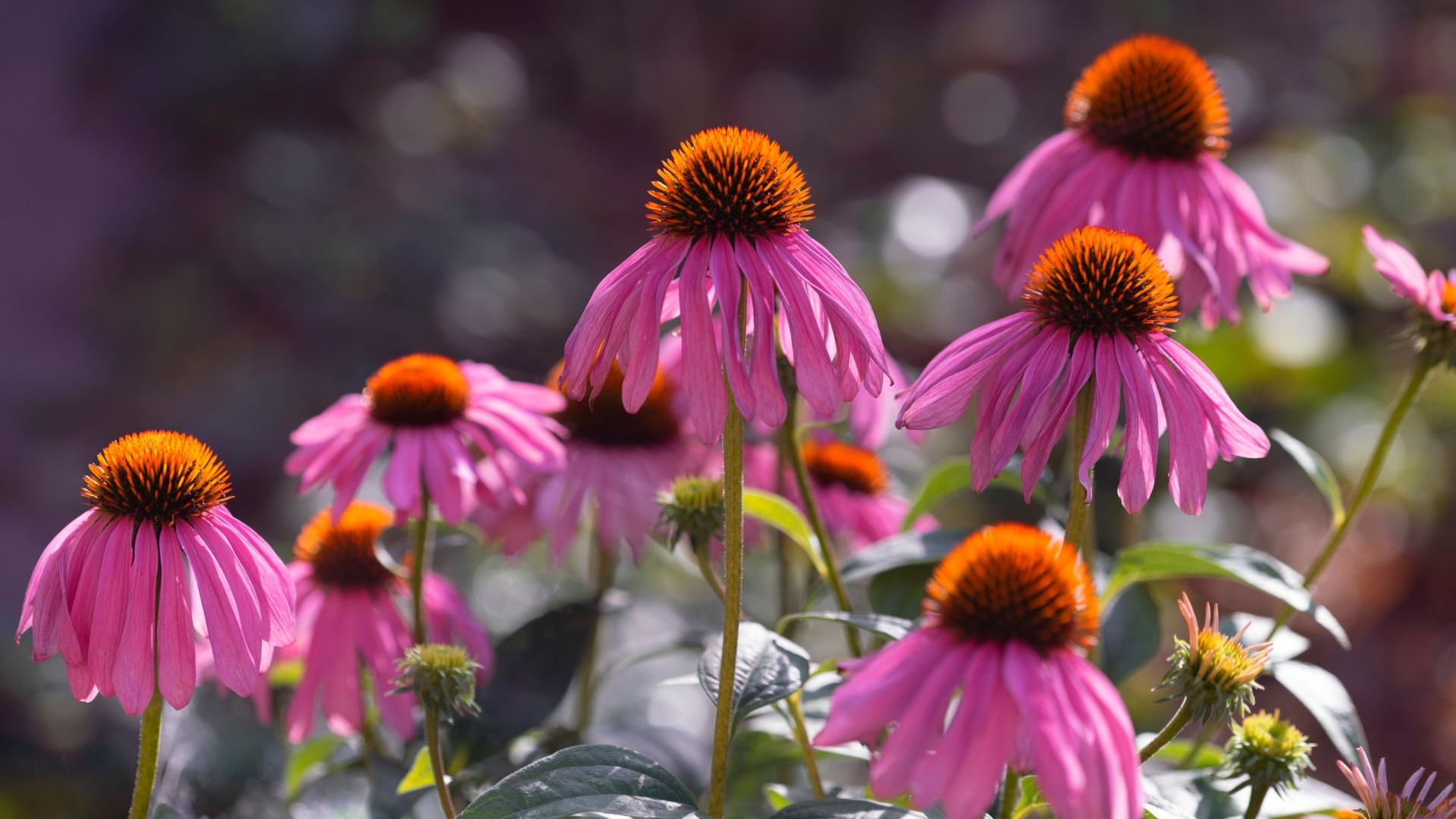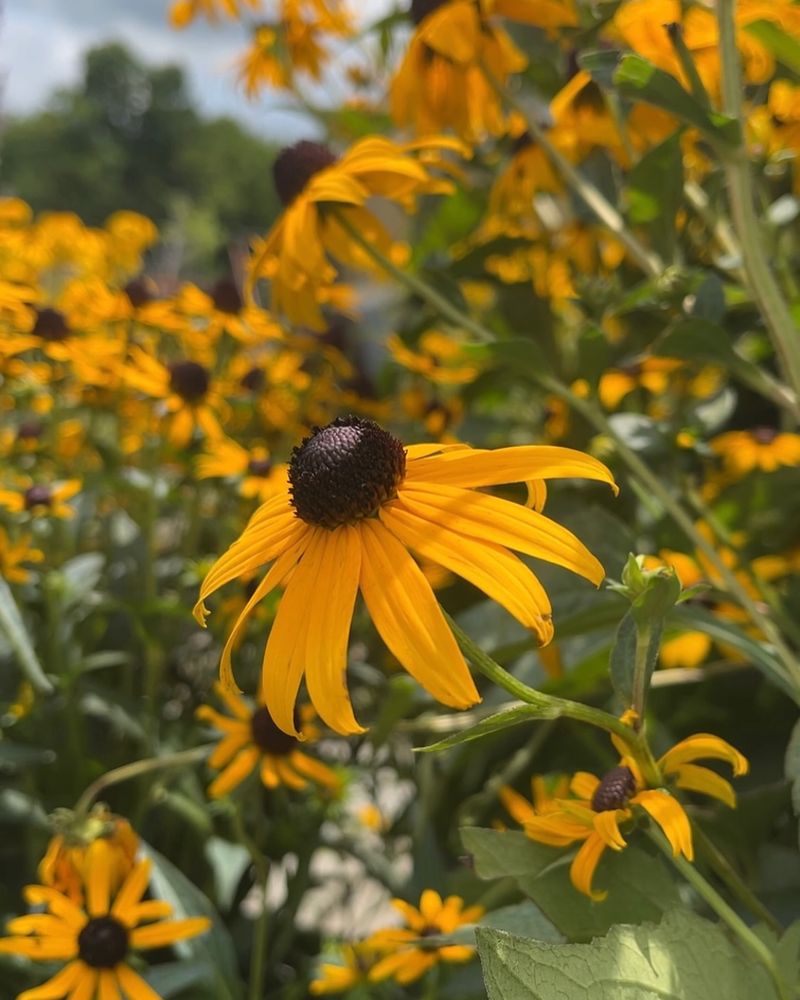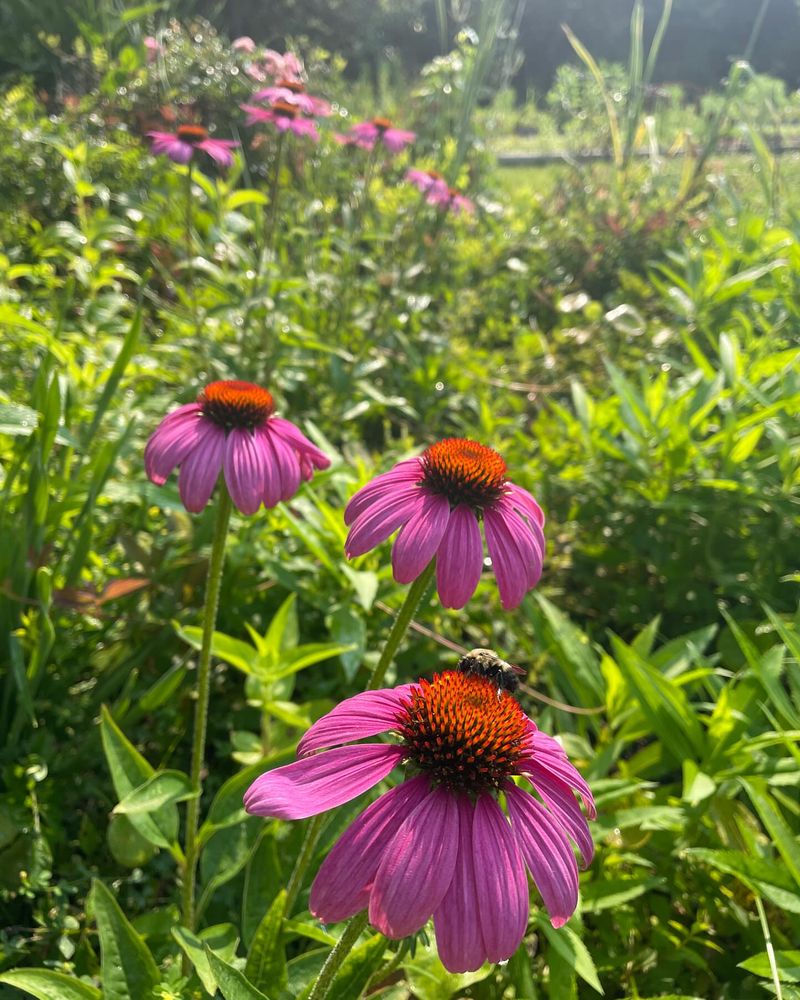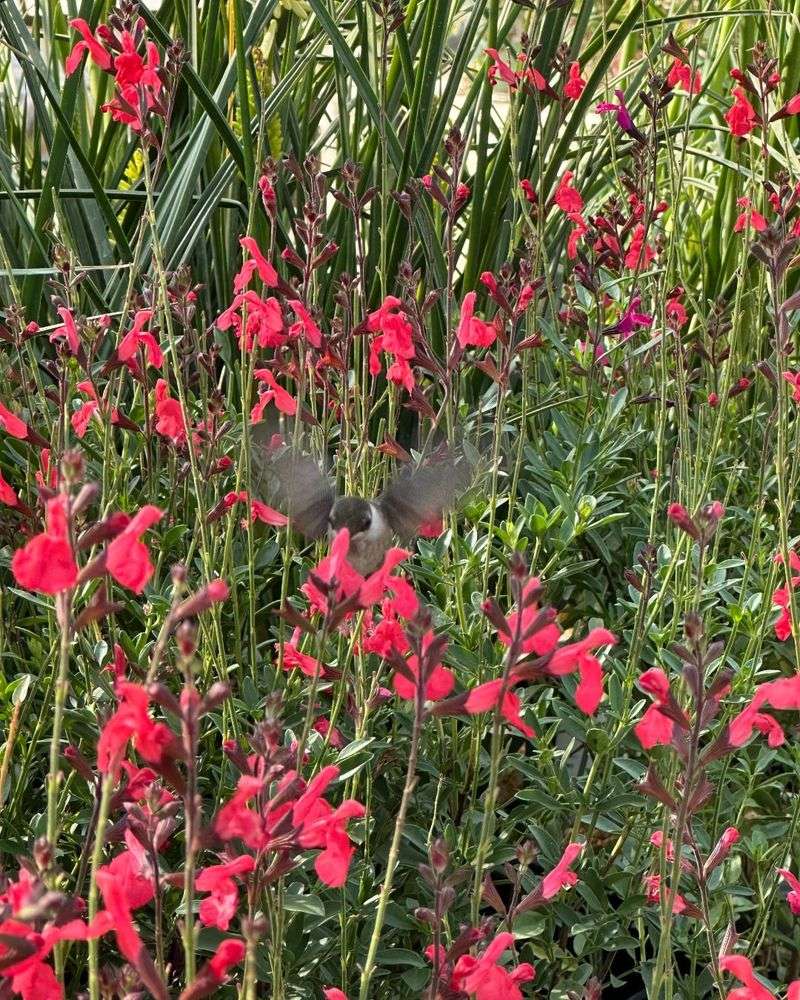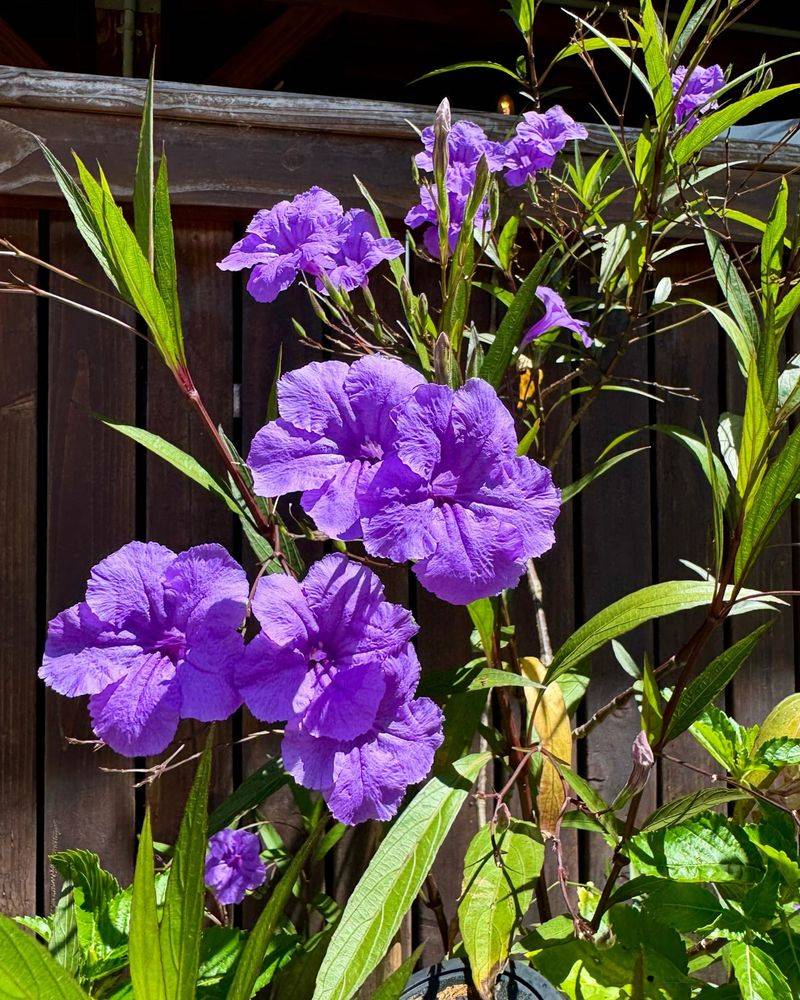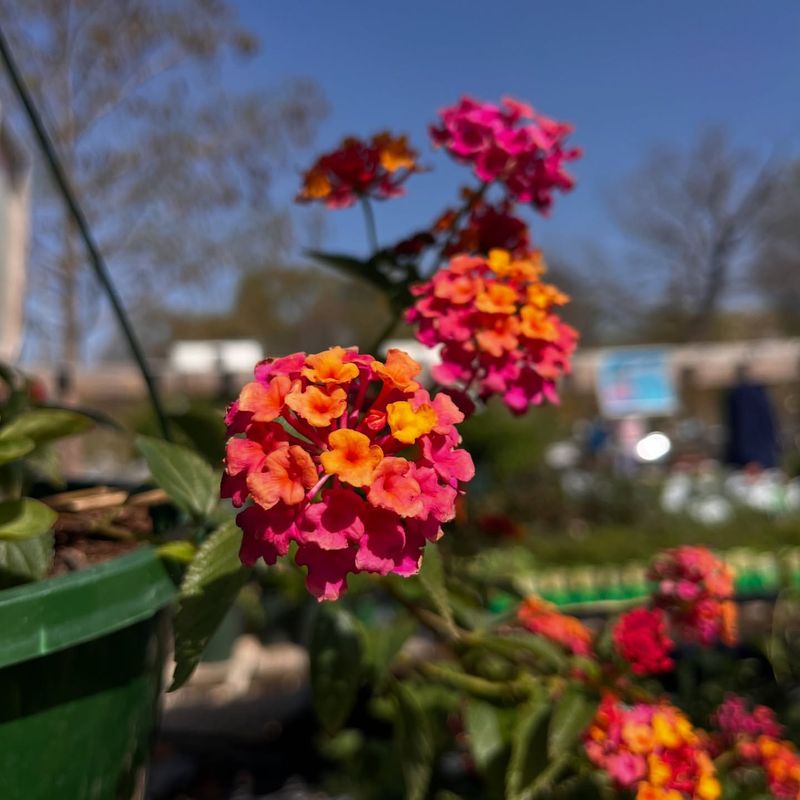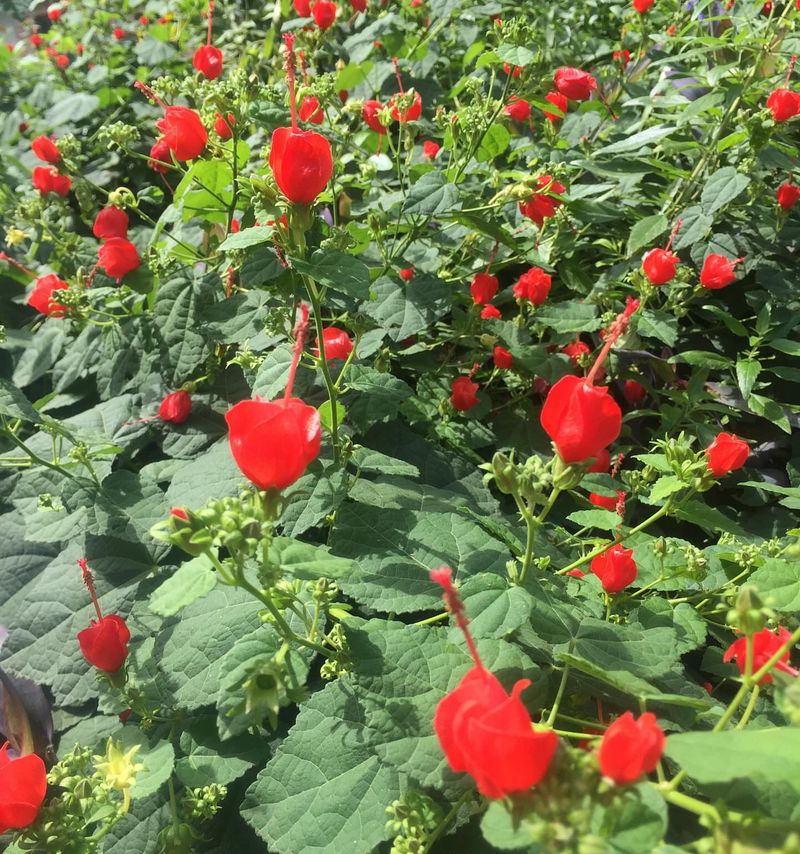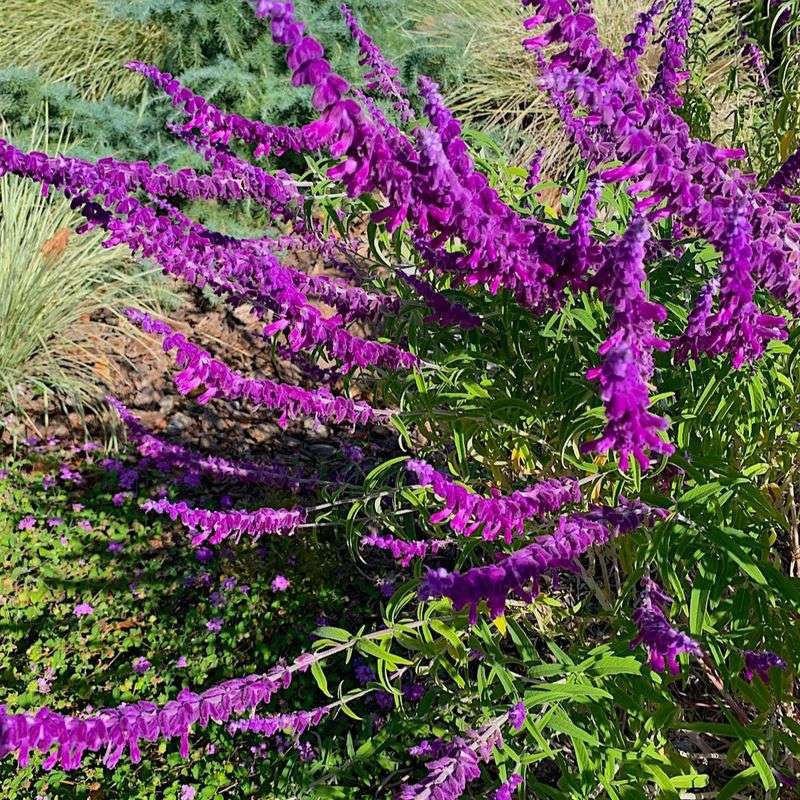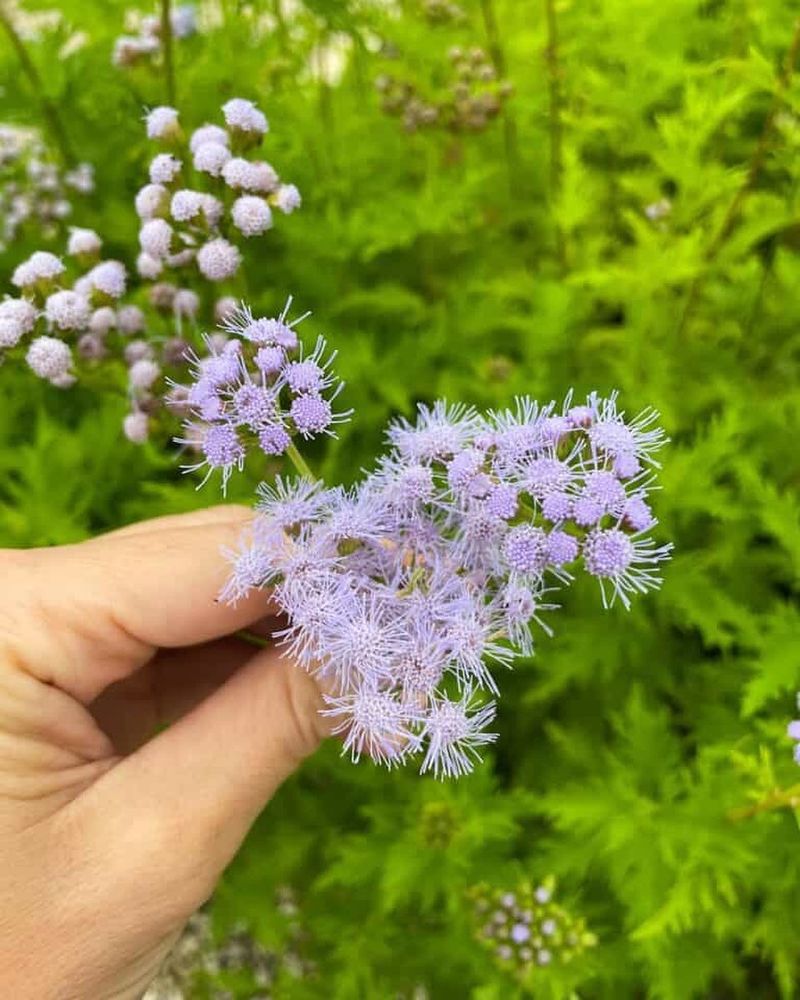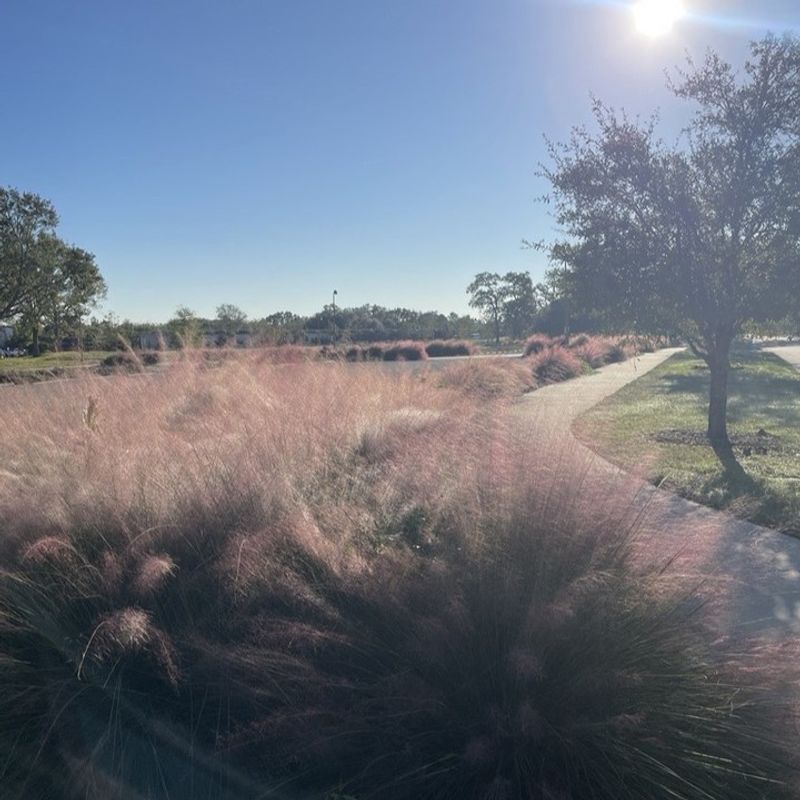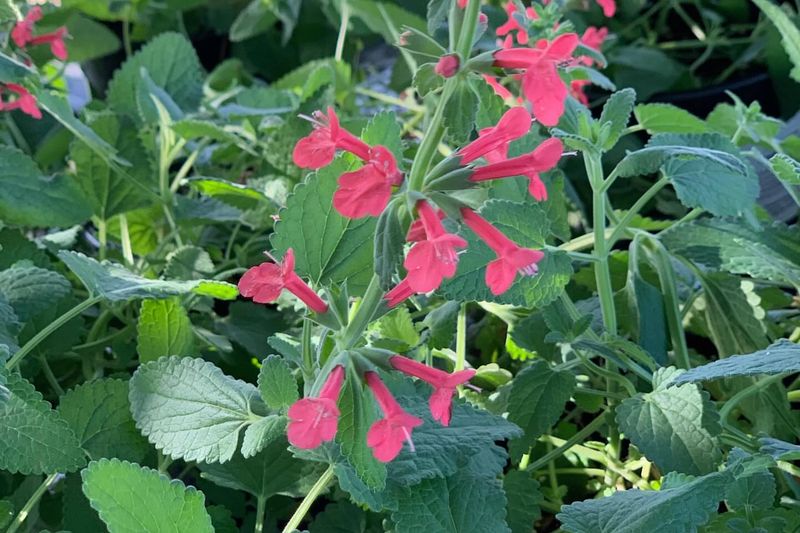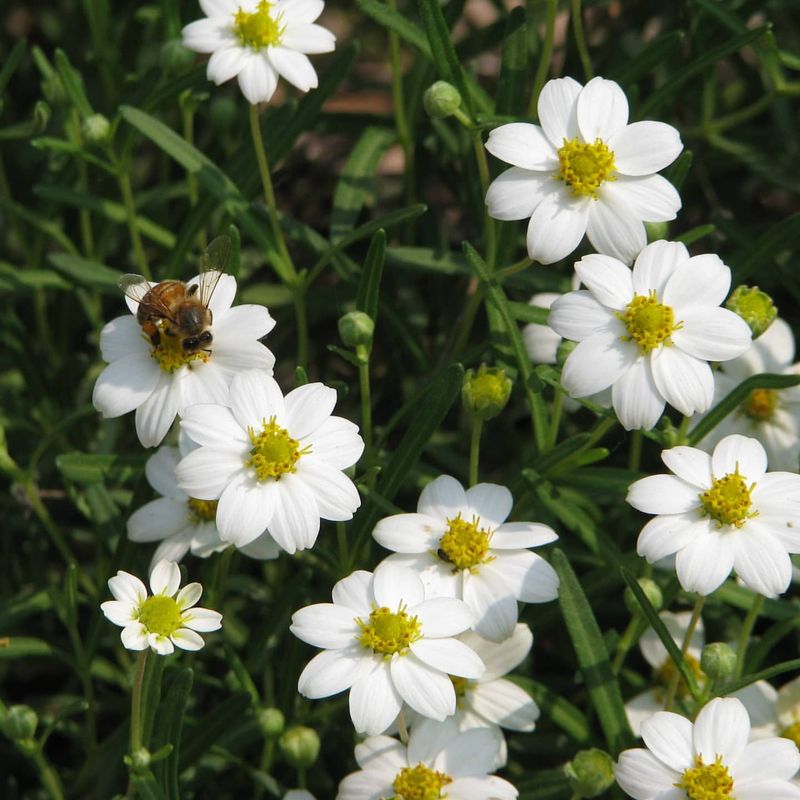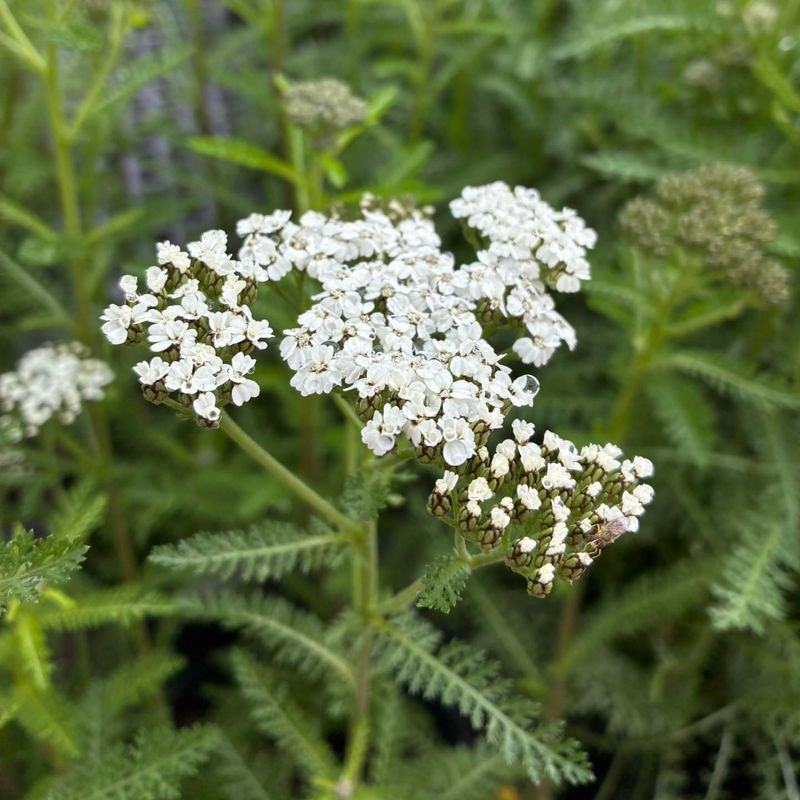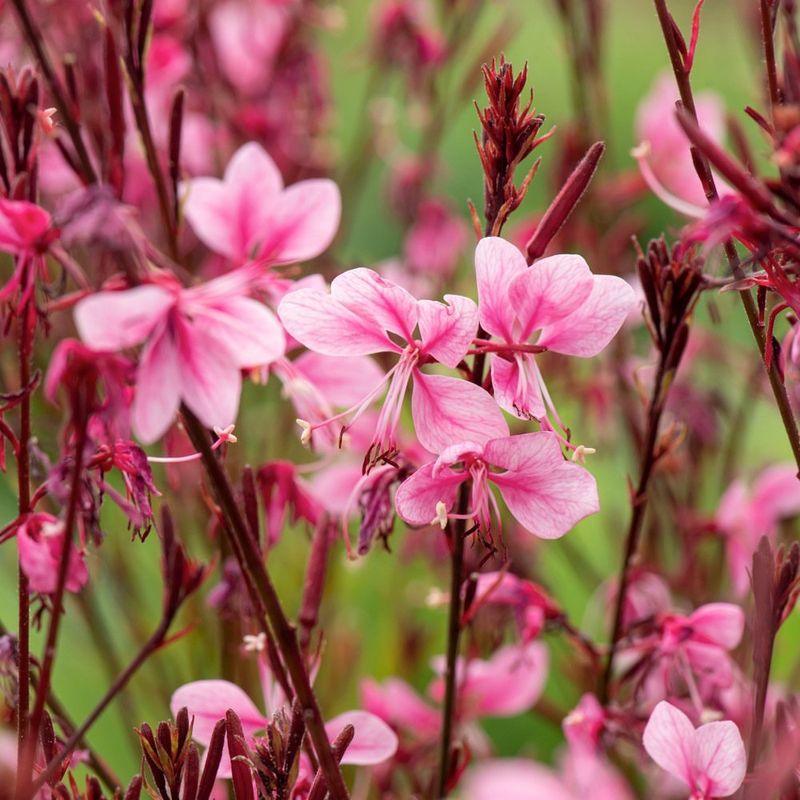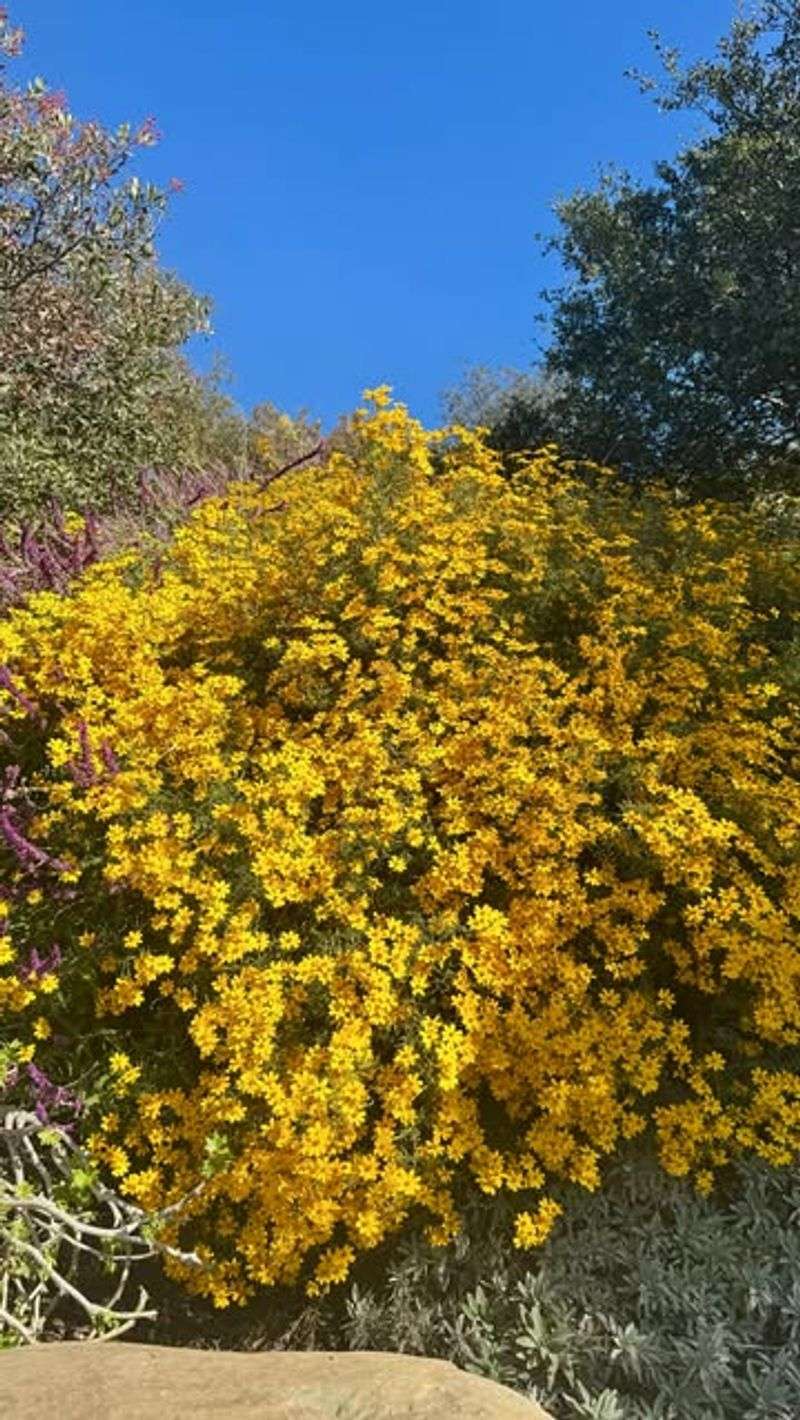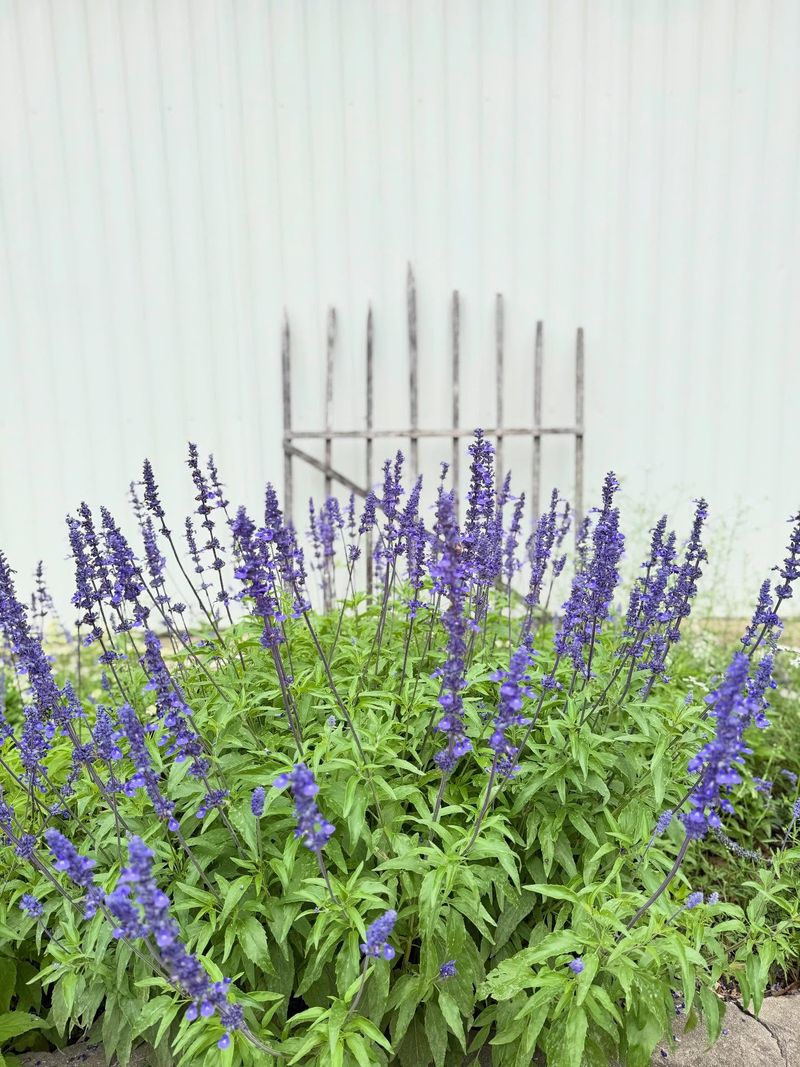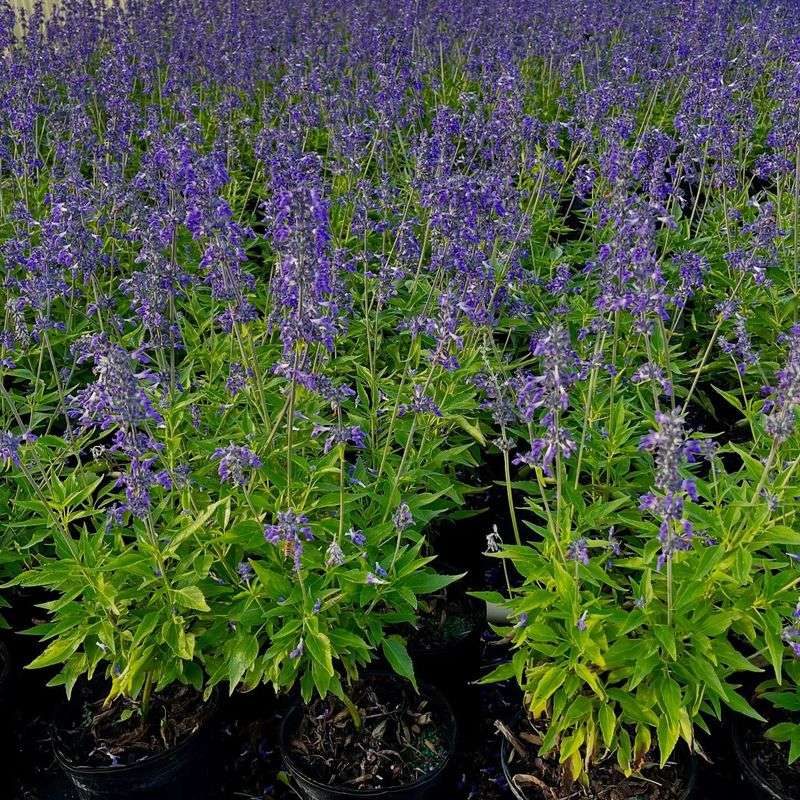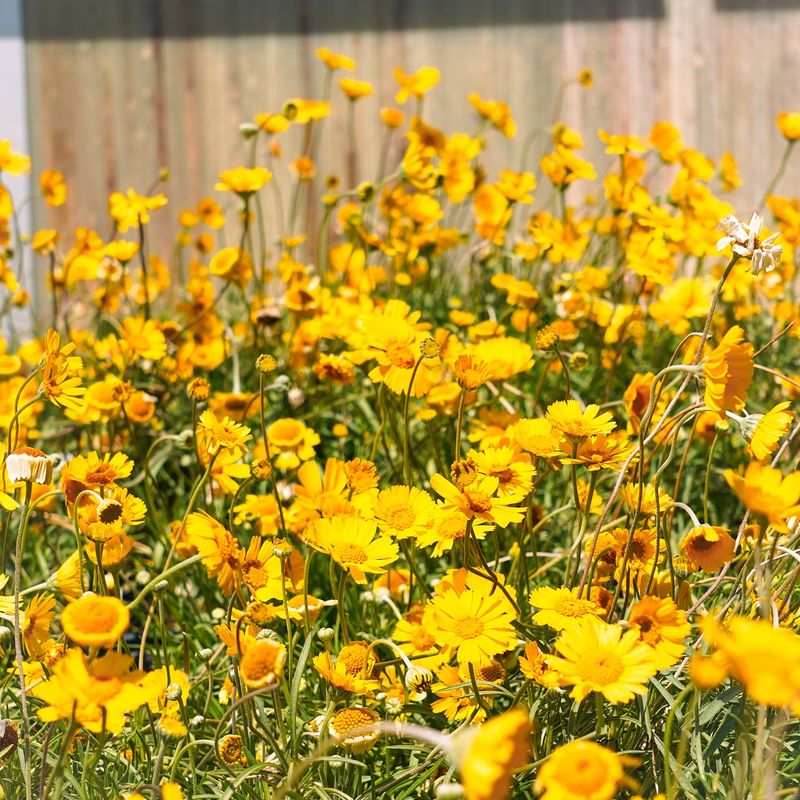Texas gardens can be tough, but the right perennial flowers make it easy to enjoy vibrant blooms year after year. These resilient plants handle the heat, bounce back from drought, and come back stronger each season with little fuss.
Whether you’re in North Texas or deep in the Hill Country, these perennials are built to thrive and keep your yard colorful without constant replanting.
1. Black-Eyed Susan
Sunny golden petals surround a dark center, creating a cheerful presence in any Texas garden. These native wildflowers bloom from June through October, providing months of color.
Black-Eyed Susans tolerate drought once established and attract butterflies and bees to your yard. Plant them in full sun to partial shade in well-draining soil for best results.
2. Purple Coneflower
Native to the central plains, purple coneflowers deliver stunning performance in Texas landscapes. Their distinctive drooping petals surrounding a spiky center cone create visual interest throughout summer.
Beyond their beauty, these flowers serve as natural medicine – echinacea comes from coneflowers! Extremely drought-tolerant and deer-resistant, they’ll thrive in rocky or clay soils with minimal attention.
3. Autumn Sage
Hummingbirds can’t resist the tubular blooms of this Texas native! Autumn Sage produces waves of red, pink, purple or white flowers from spring through fall, with peak blooming after rain.
Unlike many perennials, this compact shrub maintains an attractive woody structure year-round. Plant in full sun with excellent drainage – it hates wet feet! A light pruning in early spring keeps it bushy and floriferous.
4. Mexican Petunia
Morning brings trumpet-shaped purple blooms that dance on tall stems, closing by evening only to repeat the show tomorrow. Mexican Petunia creates a dramatic backdrop in partly shaded spots where other perennials struggle.
Be warned – this beauty spreads enthusiastically! Consider planting in containers or installing barriers to control its wandering habit. The standard variety reaches 3 feet tall, while dwarf forms stay under 12 inches.
5. Texas Lantana
Clusters of tiny flowers in orange, yellow, pink, or purple create a confetti-like display that butterflies adore. Texas Lantana laughs at summer heat when other plants wilt.
This tough-as-nails perennial forms a sprawling mound that works beautifully cascading over walls or spreading as groundcover. Full sun and well-drained soil are essential. Avoid overwatering, which leads to fewer blooms and potential rot.
6. Turk’s Cap
Bright red twisted blooms resemble little Turkish turbans, hence the charming name. Turk’s Cap thrives in dappled shade where few flowering perennials dare to grow, making it perfect for woodland edges.
Hummingbirds and butterflies flock to these unique flowers from May until frost. The bonus? Small red fruits follow the blooms, attracting birds. This Texas native grows 2-3 feet tall and tolerates poor soil, drought, and neglect.
7. Mexican Bush Sage
Velvety purple flower spikes create a dramatic autumn display when many perennials have finished blooming. Mexican Bush Sage forms an impressive 3-4 foot mound covered in fuzzy flower wands by September.
Silver-gray foliage provides year-round interest even when not in bloom. This sage handles Texas heat with grace but may need protection during harsh winters in northern parts of the state. Prune hard in early spring for fuller growth.
8. Gregg’s Mistflower
Fluffy blue flower clusters create a cloud-like effect in fall gardens, drawing countless butterflies. Gregg’s Mistflower spreads to form a dense carpet of blooms that seems to shimmer with winged visitors.
This Texas native disappears in winter but returns reliably each spring. Plant in masses for the most dramatic effect. Though drought-tolerant once established, regular water during summer heat waves increases flower production.
9. Gulf Coast Muhly Grass
Ordinary green blades transform into a pink cloud each fall when feathery seed heads catch the light. Gulf Coast Muhly creates a magical effect when backlit by morning or evening sun.
This ornamental grass provides movement and texture year-round. The cotton-candy display peaks in October and November. Plant in groups of three or more for maximum impact. Trim to 6 inches in late winter before new growth emerges.
10. Texas Betony
Scarlet tubular flowers emerge from squared stems, creating a fiery display in partial shade. Texas Betony’s bright blooms stand out against scalloped green leaves from spring through fall.
Hummingbirds battle for territory around these nectar-rich flowers. This low-growing perennial reaches just 1-2 feet tall, making it perfect for border edges. Though drought-tolerant, it appreciates occasional deep watering during extended dry periods.
11. Blackfoot Daisy
Crisp white petals surround golden centers on this native groundcover, creating a snow-like carpet in Texas rock gardens. Blackfoot Daisy blooms nearly year-round except during the coldest months.
Growing just 8-12 inches tall but spreading up to 2 feet wide, this tough little plant thrives in poor, rocky soil. Excellent drainage is absolutely essential – standing water quickly kills it. The foliage emits a pleasant honey-like scent when brushed.
12. Flame Acanthus
Fiery orange-red tubular blooms erupt along woody stems, creating a beacon for hummingbirds and butterflies. Flame Acanthus springs back vigorously after winter dormancy, reaching 3-4 feet by midsummer.
This Texas native handles brutal heat and drought with ease. The small, dark green leaves provide a perfect backdrop for the brilliant flowers. Prune hard in late winter to encourage dense growth and maximum blooms throughout the warm months.
13. Rock Rose
Delicate pink flowers resembling small hibiscus blooms appear daily, lasting just one day before being replaced by new ones. Rock Rose creates months of continuous color despite Texas heat.
Morning brings fresh flowers that close by evening – a daily renewal that continues from spring through fall. This drought-tolerant native forms a rounded bush 2-3 feet tall. Occasional deep watering during extreme heat helps maintain blooming.
14. Yarrow
Flat-topped clusters of tiny white flowers hover above ferny foliage, creating an airy presence in Texas gardens. Yarrow blooms persistently through summer heat when many perennials take a break.
Ancient healing properties have made this plant a staple in medicinal gardens for centuries. Extremely drought-tolerant once established, it actually performs better with minimal water. Modern varieties offer blooms in yellow, pink, and red shades.
15. Mexican Honeysuckle
Tubular orange blooms against glossy dark green leaves create a tropical feel in shady Texas gardens. Mexican Honeysuckle isn’t a true honeysuckle but offers similar appeal to hummingbirds and butterflies.
This versatile perennial handles everything from part sun to deep shade. In mild winter areas, it remains evergreen, while in colder regions it dies back but returns reliably from the roots. Prune lightly anytime to maintain a neat shape.
16. Gaura
Delicate white or pink butterfly-like blooms dance on wiry stems above basal foliage. Gaura’s airy texture adds movement to garden borders as flowers sway with the slightest breeze.
Native to Texas prairies, this perennial laughs at summer heat and poor soil. The blooming marathon continues from late spring through fall. Allow plenty of space – mature plants form a 2-3 foot mound that resents being crowded or transplanted.
17. Copper Canyon Daisy
Bright yellow daisies explode in a spectacular fall display, covering the aromatic foliage entirely. Copper Canyon Daisy grows quietly all summer before its autumn show-stopping performance.
The ferny leaves emit a strong marigold-like scent when touched – some find it pleasant, others don’t! This Mexican native handles Texas heat with ease. Prune by half in early summer to create a bushier plant with more fall flowers.
18. Mealy Blue Sage
Spikes of sky-blue flowers rise above silvery-green foliage, creating a cooling visual effect in hot Texas gardens. Mealy Blue Sage blooms heaviest in spring and fall with sporadic summer flowers.
Hummingbirds and native bees flock to these nectar-rich blooms. This Texas native forms a compact mound 2-3 feet tall and wide. Cut flower stalks when blooms fade to encourage more flowering cycles throughout the growing season.
19. Henry Duelberg Sage
Deep blue-purple flower spikes emerge from a mound of heart-shaped leaves, creating months of color. Henry Duelberg Sage was discovered in a Texas cemetery, proving its ability to thrive with neglect.
This tough native sage handles clay soil better than most perennials. The aromatic foliage naturally repels deer and rabbits. Cut back by half after the spring bloom flush for a tidier plant and second flowering period in fall.
20. Four-Nerve Daisy
Cheerful yellow button-like flowers stand on short stems above blue-green foliage year-round. Four-Nerve Daisy gets its unusual name from the four tiny veins visible on each petal.
This diminutive Texas native stays under 12 inches tall but packs amazing drought tolerance. Perfect for rock gardens or border edges, it blooms heaviest in spring and fall. The semi-evergreen foliage maintains good appearance even when not flowering.

